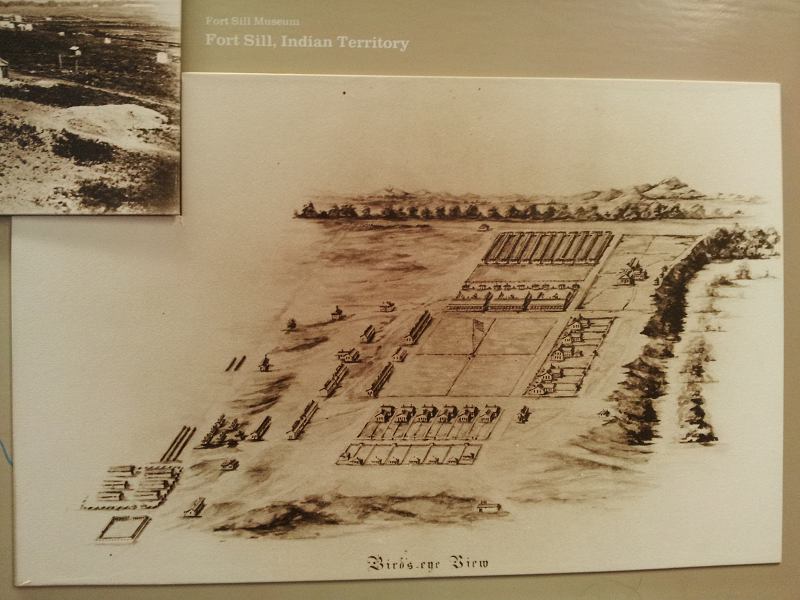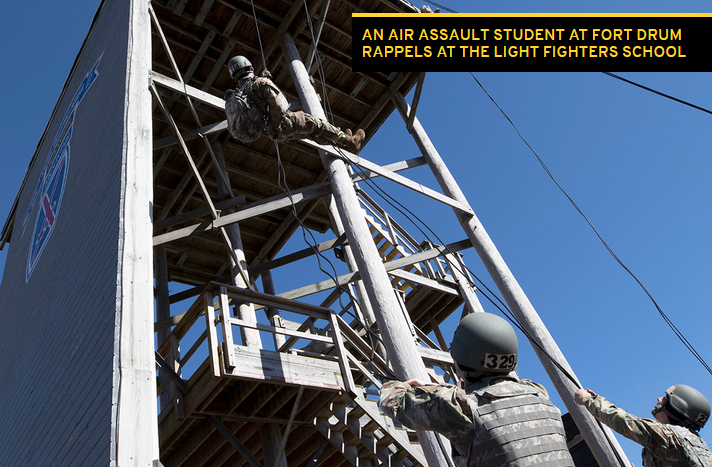- Details
- Hits: 2555

Dear Fellow Great Americans,
We want to thank you!
Your love and support and the generosity you have shown in sending packages and letters to our Soldiers and is very warmly received! As you can imagine, we are fairly busy doing what our great nation has asked of us, but I wanted to take time to make sure you know that Americans’ support doesn’t go without our distinct gratitude.
A little about me, I am William [ ], a 3[ ] year old married father of beautiful daughters, avid outdoorsman, Steelers fan, and 2[ ] year veteran of our great Army. I am currently serving as the Command Sergeant Major for the [ ] Battalion deployed to Afghanistan in support of Operations Freedom’s Sentinel and Resolute Support.
- Details
- Hits: 2421

U.S., June 20, 2019 -
Support Our Troops® was privileged to supply service members at Ft. Sill, Oklahoma, with 12,156 tubes of Biofreeze 3 oz. Professional Gel Roll-ons. This product was donated to SOT by the great American Company Performance Health, the manufacturer and supplier of Biofreeze and other health products.
- Details
- Hits: 4305
US, June 17, 2019 – Between June 17 and July 4th 2019, Energy Professionals will donate 10% of its proceeds to SupportOurTroops.Org to strengthen the morale and well-being of America’s current military service members and their families who have dedicated their lives to protecting America. “Statements like this make a world of difference for America’s soldiers,” said Bruce Jonas, SOT V.P. “It lets them know Americans are behind them, and pays to ship them and their families the extra things they need. Isn’t It great to be an American?”
Remember, that today through July 4th !
About Energy Professionals
Energy Professionals is one of Americas leading Energy Advisors, helping commercial companies nationwide not only reduce energy costs but helping them gain full control of their energy budget. From direct savings on electricity and natural gas, to managing environmentally friendly and energy efficiency projects, including LED lighting, HVAC and Solar. At Energy Professionals, we’re dedicated to educating businesses and operations so that they can make the best decisions for all their energy needs. But if helping companies become environmentally friendly and helping them save on energy wasn’t enough, we’ve now partners with Support Our Troops to give back to those that protect our great nation. To find out more about this program or how we can help you cut on energy costs, visit us at www.energyprofessionals.com or call 844 674 5465.
- Details
- Hits: 2150

Camp Humphreys, South Korea, May 20, 2019 - Support Our Troops® just delivered a 40 foot container to Busan Port South Korea which moved from there by rail to Camp Humphreys with $500,000 of free morale and well-being gifts from Americans for the soldiers stationed there.
If they’re there, we’re with them®
Your service members are stationed there to protect the peace and keep Americans safe here at home. In return Americans send shipments like this to support and thank them. High morale produces high mission effectiveness. And when you’re overseas and stuff shows up from home, it makes you smile. Isn’t it great to be an American?
- Details
- Hits: 2588

U.S., May 5, 2019 -
Support Our Troops® was privileged to supply service members at Ft. Drum, NY, with 12,156 tubes of Biofreeze 3 oz Professional Gel Roll-ons. This product was donated to SOT by the great American Company Performance Health, the manufacturer and supplier of Biofreeze and other health products.
Home of the 10th Mountain Division, Fort Drum consists of 107,265 acres and its mission includes commanding active component units assigned to the installation, providing administrative and logical support to tenant units, providing support to tenant units, providing support to active and reserve units from all services in training at Fort Drum, and planning and providing support for mobilization and training of almost 80,000 troops annually
Approved by military use the Biofreeze National Stocking Number is #6505-01-599-0068.
SOT supplies all military units, branches, domestic and abroad.
The total value of these MWR care goods shipments was $63,576.
The supply of these requested goods was made possible by the great people who make Biofreeze – a great muscle balm and a terrific alternative to opioids for pain relief. Learn more about managing pain relief here.
Learn more about how doctors, therapists and patients are shifting toward topical analgesics like Biofreeze and away from systemic pain relievers at www.Biofreeze.com.
- Details
- Hits: 2240
 U.S., April 2, 2019.
U.S., April 2, 2019.
10,656 pairs Dr. Scholl’s insoles are heading to Iraq and Afghanistan via our NC Distribution Hub. A value of $115,937 in tangible support.
An army travels on its feet, especially in desert and mountain terrain, and requested items like this enhance morale and mission effectiveness.
It was made possible by Bayer Pharmaceuticals which ran a nationwide buy one GIVE one campaign in which Americans buying Dr. Scholl’s insoles caused a pair to be donated to Support Our Troops.
A big thank you to Dr. Scholl’s, Bayer Healthcare, and all the great Americans who stepped up for their troops!
- Soldier Recalls 4th of July Awakening
- U.S. Marine Pilot Becomes a Part of Aviation History
- Like Riding Horses on the Beach? These Airmen Do It for a Living
- Share the walk and buy Dr. School's insoles at Walmart.
- Dr. Scholl’s $1 to the Troops Displays Hit Walmart Stores across America!
- Dr. Scholl’s Steps Up To Raise $3 Million For Support Our Troops®



